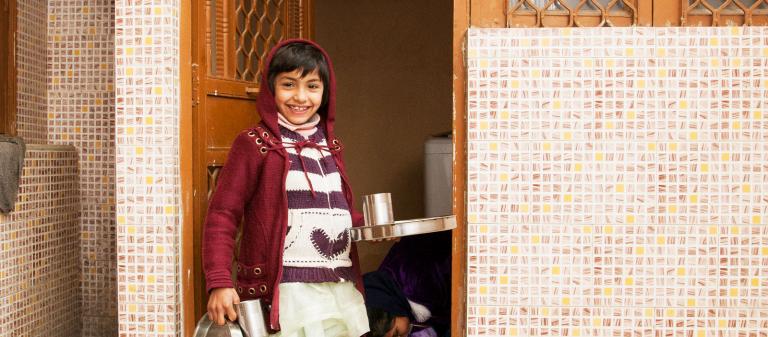Wills Point, Texas – GFA Special Report (Gospel for Asia) – Discussing the global problem of modern slavery – despite being difficult to eradicate, there is still hope.
Champions of Change
Clearly, governments have a major role to play in ending slavery, and leaders are taking steps in places like India, where tougher anti-trafficking laws have been pursued.
In 2016, child rights activist and Nobel Peace Prize winner Kailash Satyarthi launched the global “100 million for 100 million” campaign, which challenges the world’s children living in better circumstances to speak up on behalf of disadvantaged children. Then-President Pranab Mukherjee’s support of the campaign has been acknowledged as part of a “historic move towards ending child slavery in India.”
Of 161 countries profiled in the Global Slavery Index, 150 governments provide some kind of services for victims, 124 have criminalized human trafficking, and 96 have national action plans to do something about it.
Perhaps fittingly, the strongest government lead has been taken in England, where William Wilberforce and other campaigners led the fight to end the slave trade of the 19th century.
Naming modern slavery the “greatest human rights issue of our time,” the U.K. government appointed a slavery commissioner to lead its efforts and became the first to develop a modern slavery initiative in 2014. The following year it passed the Modern Slavery Act, requiring business action. It means that U.K.-based companies with total annual global incomes of more than $50 million have to publish transparency statements that detail what they are doing to ensure that the supply chains they are part of do not use slave labor.
Read the Rest of the Report on Patheos.com
21st Century Slavery & Human Trafficking: Part 1 | Part 2
This article originally appeared on gfa.org
To read more on GFA Digital Media Room on modern slavery, go here.
Go here to know more about Gospel for Asia: GFA.net | Wiki | Flickr | GFA











